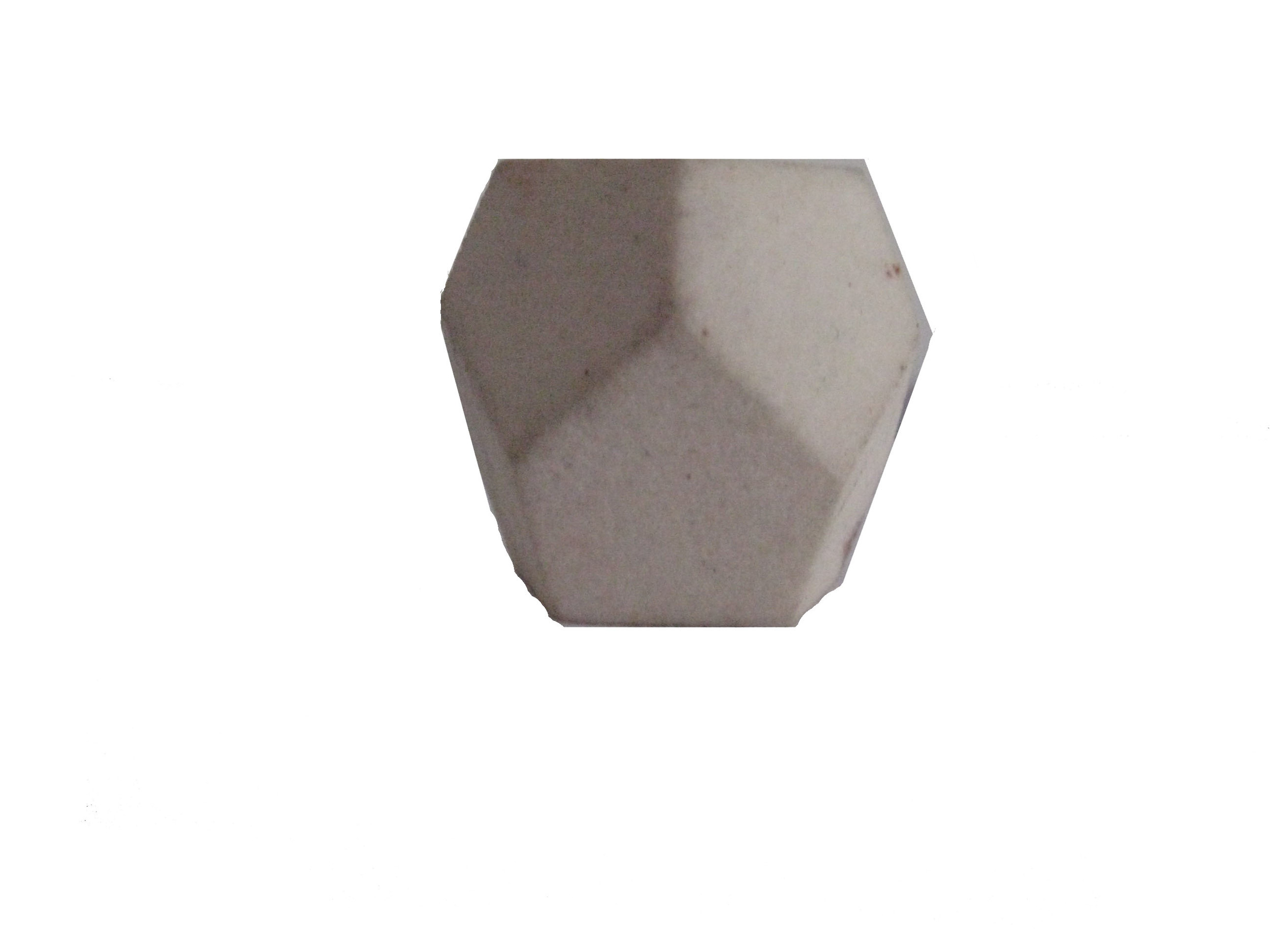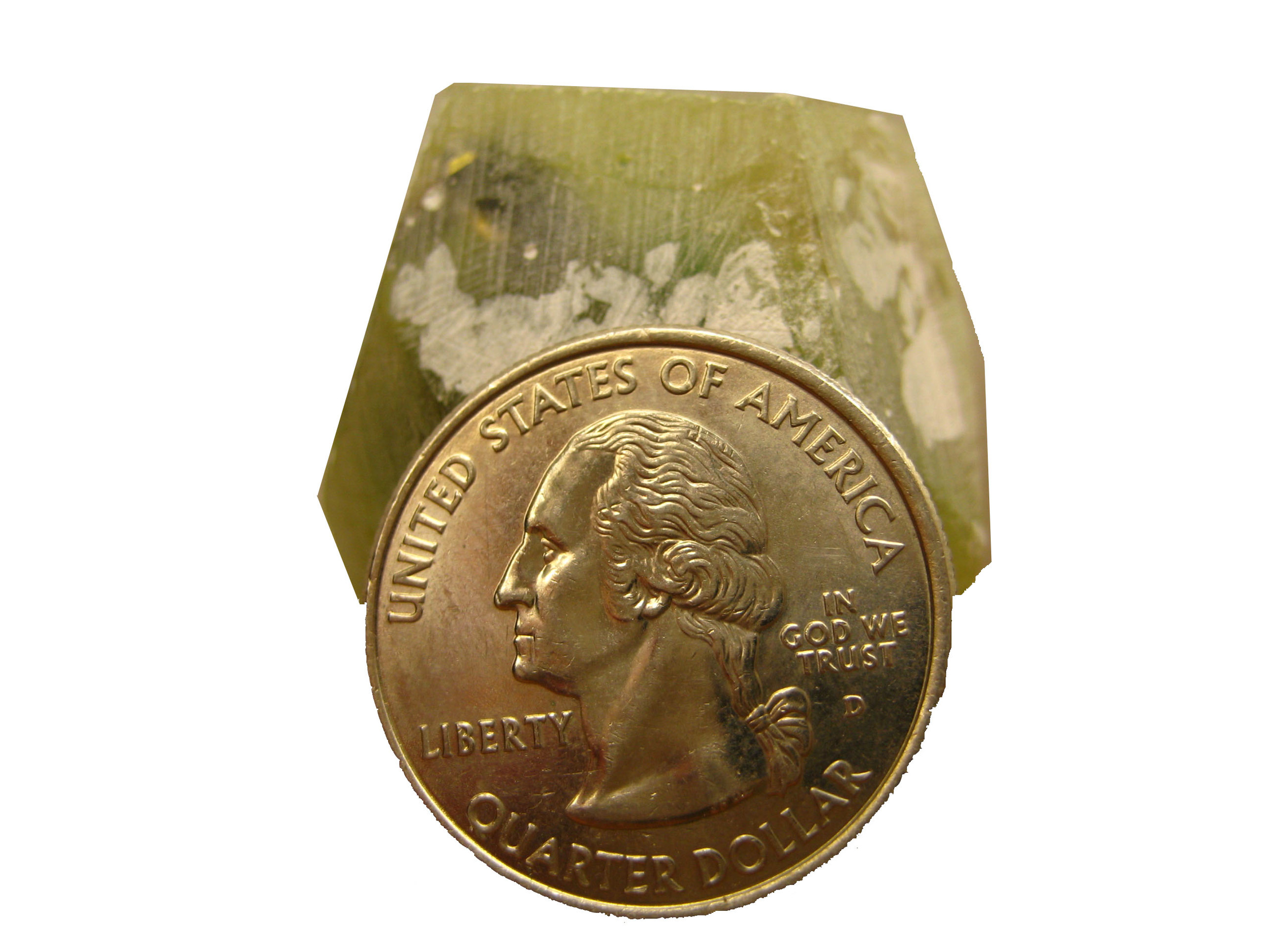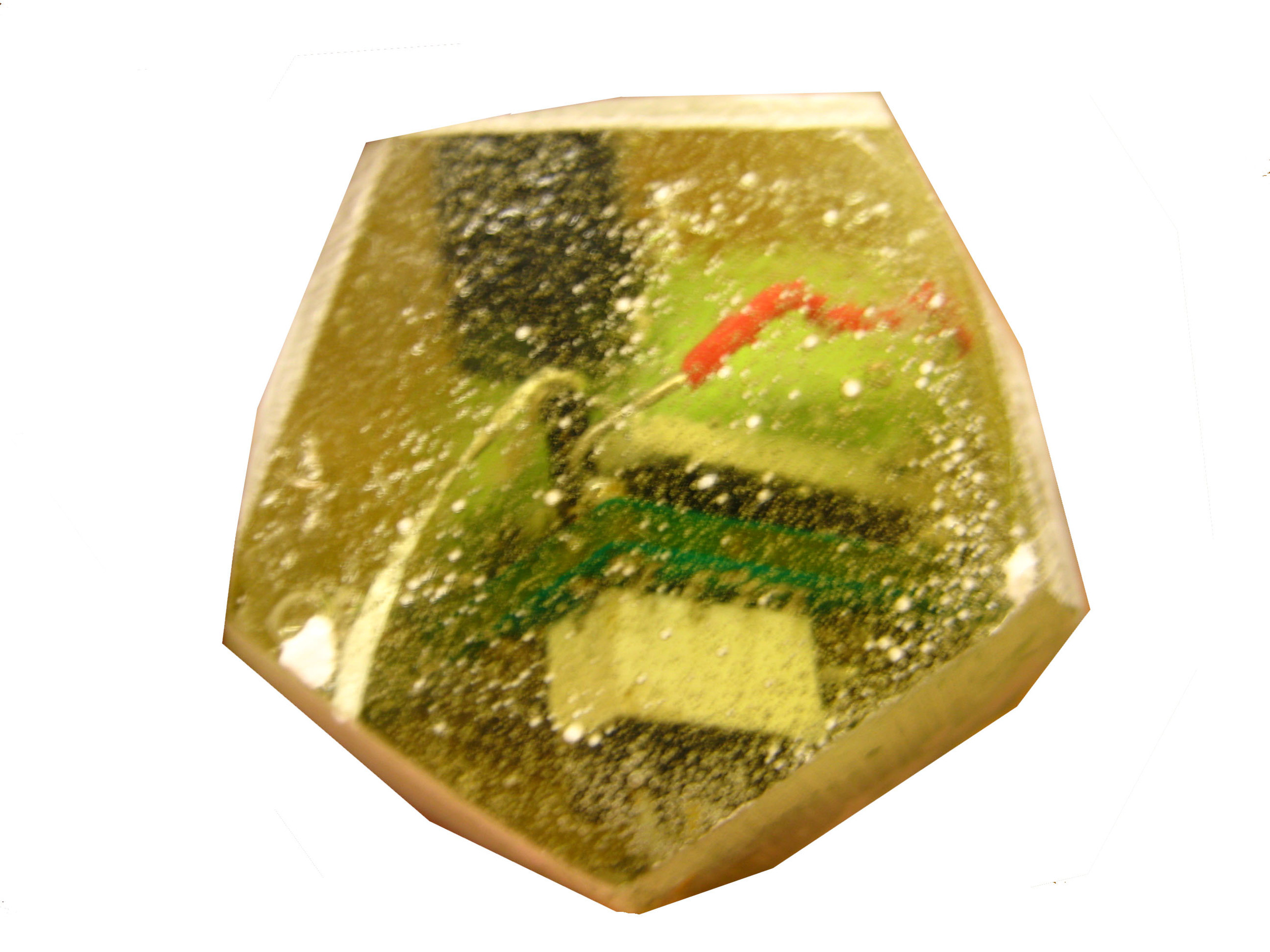The Roadbed Assessment Transmitter was a project completed while at Michigan Tech with the Pavement Design Construction and Materials Enterprise (PDCM) in conjunction with Integrated Microsystems Enterprise (IME).
As concrete cures, its temperature readings recorded over time accurately predicts its developing strength. This is particularly useful when determining when to reopen a section or road or when to begin construction the next level of a structure. Previously, temperatures were taken by wired thermal couple sensors.
The Roadbed Assessment Transmitter collects the data in the same manner, but is transmitted wirelessly to the data recorder. In order to protect the electronic device, a case was needed to be created to mimic an aggregate in the concrete small enough to pass as the larges stone size in a mix design.
The electronic device was hand soldered by the IME team and the case was designed and constructed by the PDCM team. The electronic is designed with a magnetic switch allowing for the entire device to be enclosed. A dodecahedron shape was selected for its angularity and a 3D model was created and a plaster prototype printed. The prototype was cased in a two-part hemispherical mold that was used to cast the epoxy with the electronic device encased inside.








The finished product was put in a batch of ready-mix concrete in the basement lab on campus and a repeating signal was successfully received up to 30 feet away. This product reduces the challenge getting to the difficult areas where the thermal couples are located and using current developing drone technology, and stronger transmitters, data can be collected remotely on the job site.
The weakness of the design is the limited battery life. While the battery life is sufficient for the relevant duration of concrete curing, numerous other applications for the device could developed such as working as a traffic counting tool. We speculated that piezoelectric materials could be used to generate small but sufficient current to power the device indefinitely and remain functional in the pavement section for years to come.